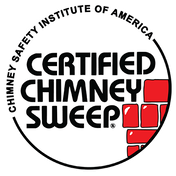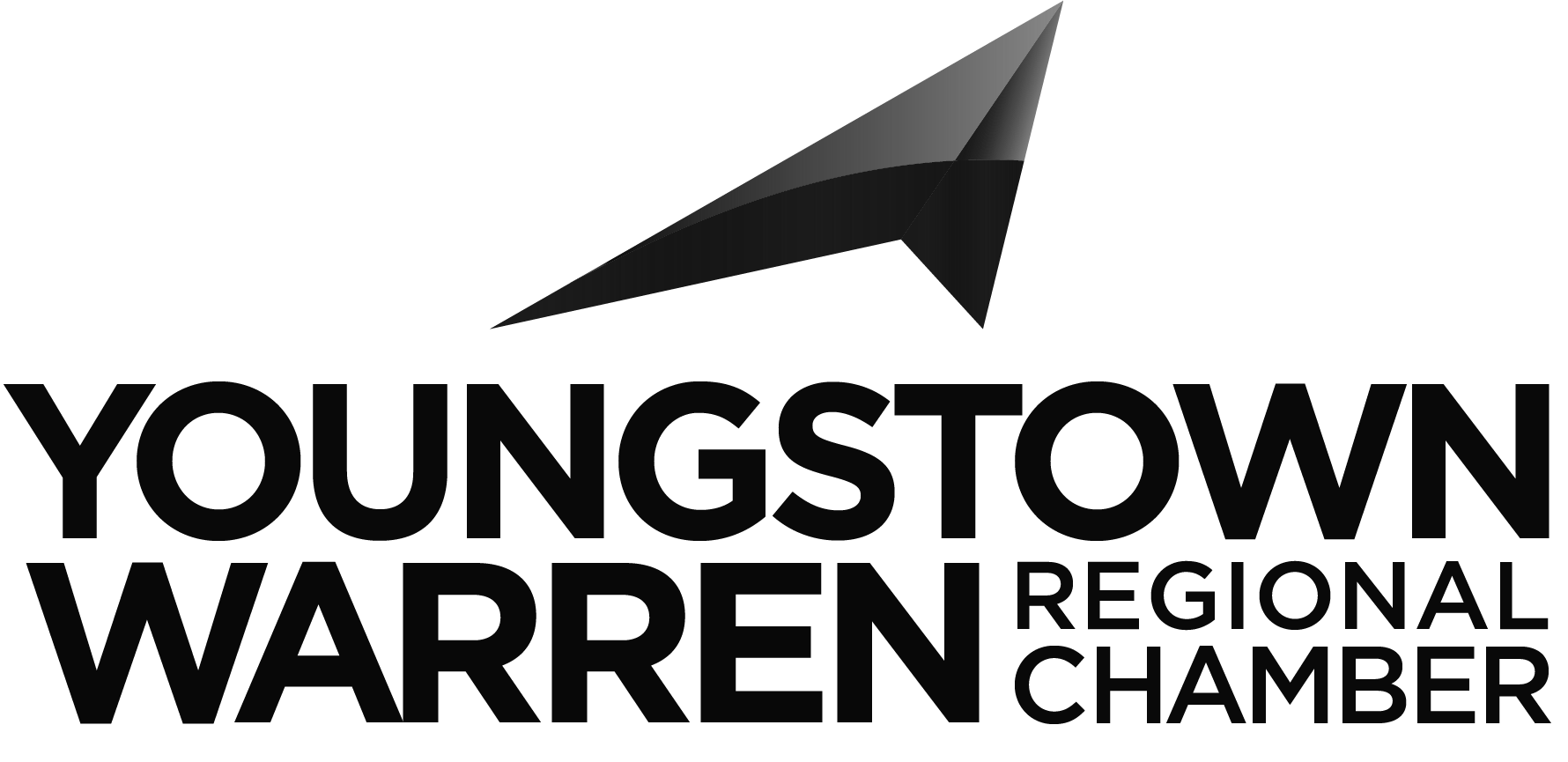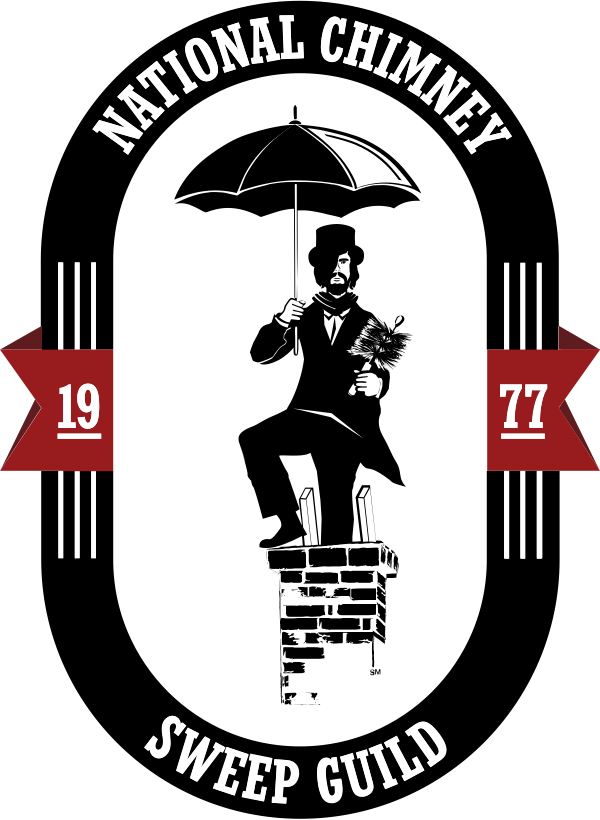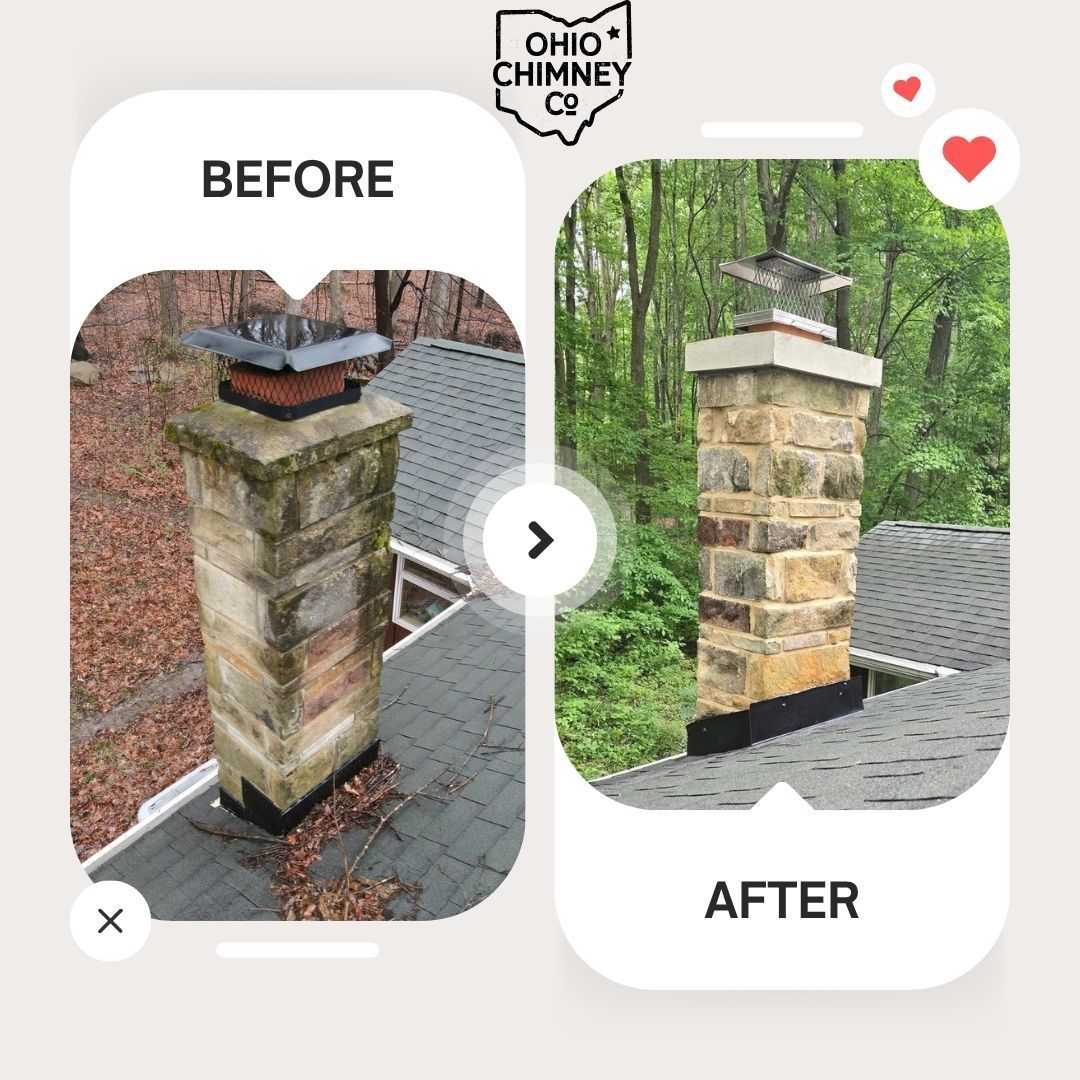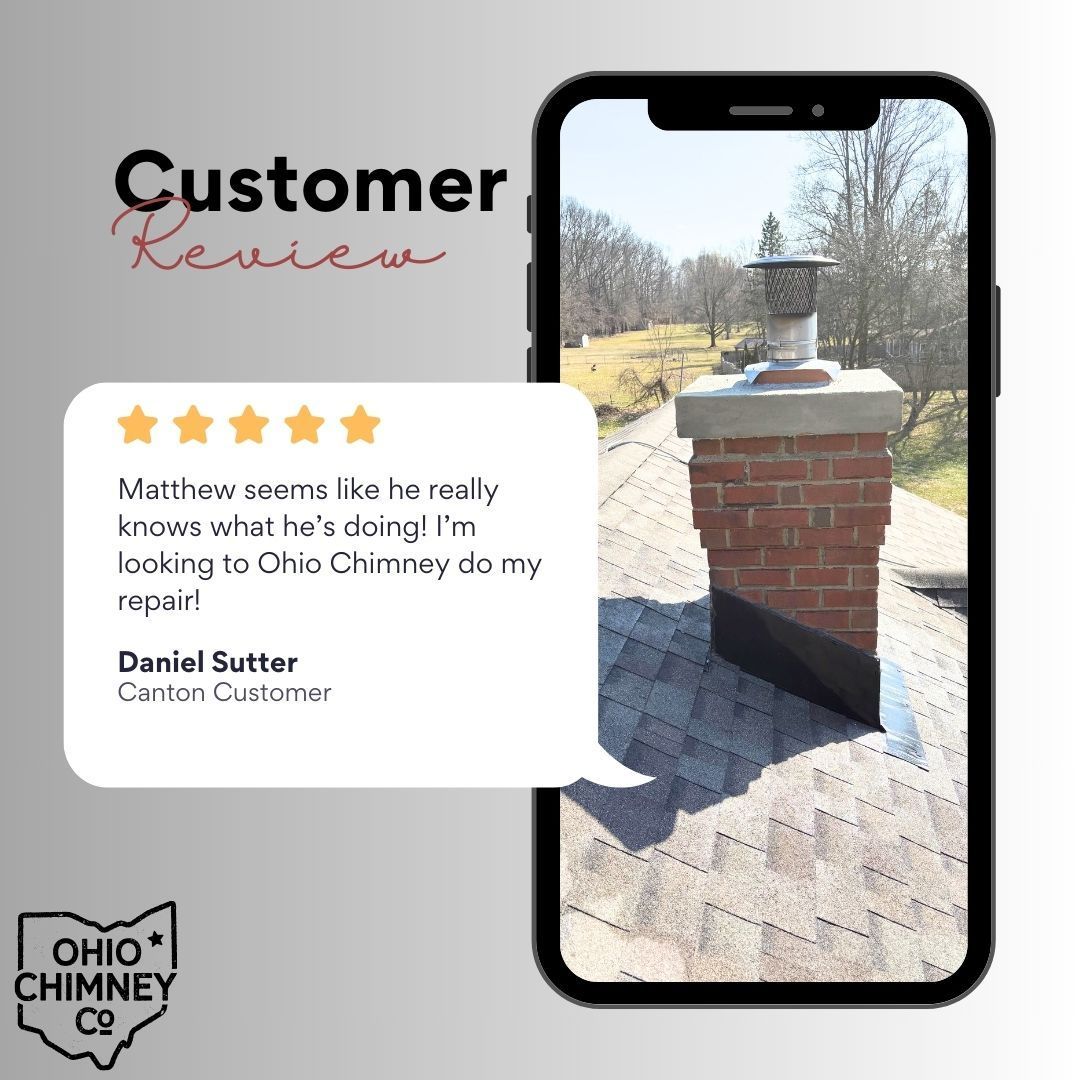Blog
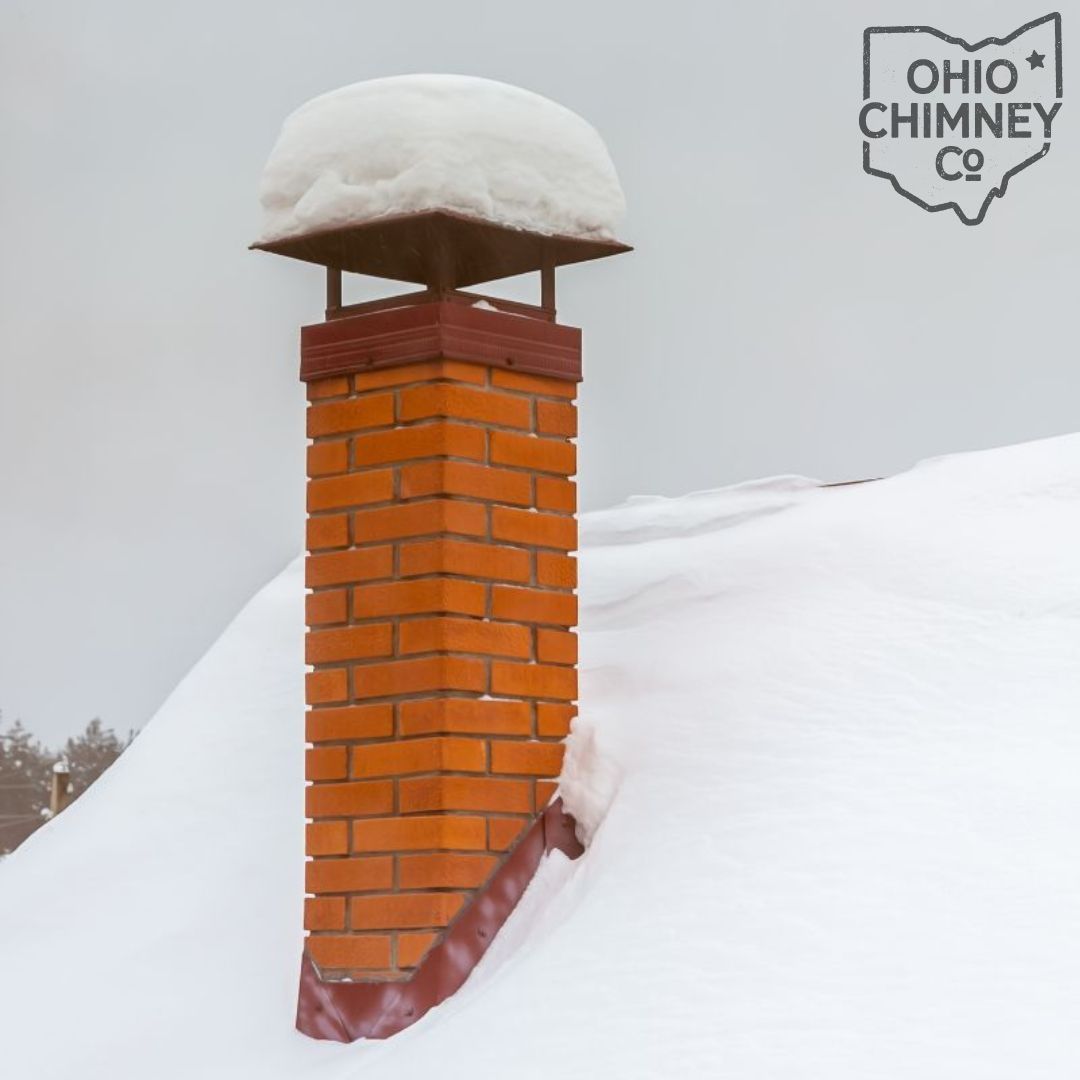
As the days grow shorter and temperatures start to dip, there’s nothing quite like cozying up by a warm fireplace. But before you strike that first match of the season, it’s important to make sure your chimney is safe, swept, and ready for action. Skipping chimney prep can lead to costly repairs—or worse, dangerous chimney fires. That’s why we’ve put together this simple Tuesday checklist to help you get your fireplace in top shape before cold weather fully sets in. ✅ 1. Schedule a Chimney Inspection The National Fire Protection Association (NFPA) recommends annual chimney inspections . A certified chimney sweep can check for hidden issues such as cracks, leaks, and blockages that aren’t always visible to the eye. ✅ 2. Sweep Away Creosote Creosote buildup is the leading cause of chimney fires. If you’ve been burning wood, especially unseasoned or softwoods, creosote can accumulate quickly. A professional chimney sweep will safely remove this highly flammable substance. ✅ 3. Check Your Chimney Cap A chimney cap keeps out rain, snow, debris, and even curious critters like birds and squirrels. If your cap is missing or damaged, water damage and animal nests could be waiting inside your flue. ✅ 4. Inspect the Crown & Masonry Cracks in your chimney crown or deteriorating mortar joints can let water seep in, which may freeze and expand during the winter. This can quickly lead to structural damage if left untreated. ✅ 5. Test Your Damper A properly functioning damper helps control airflow, keeps warm air inside your home, and prevents drafts when the fireplace isn’t in use. Make sure it opens, closes, and seals correctly. ✅ 6. Stock Up on the Right Firewood Only burn seasoned hardwoods such as oak, maple, or ash. Wet or “green” wood not only produces more smoke and creosote but also makes it harder to keep your fire burning bright. ✅ 7. Double-Check Smoke & Carbon Monoxide Detectors Even with a clean and well-maintained chimney, safety comes first. Make sure your detectors are working and that batteries are fresh. Wrap-Up Cold weather is right around the corner— don’t wait until the first frost to get your chimney ready. A little preventative maintenance today can keep your home warmer, safer, and cozier all season long. 📞 Need help with your chimney checklist? Call (330) CHIMNEY today to schedule your inspection and sweep!
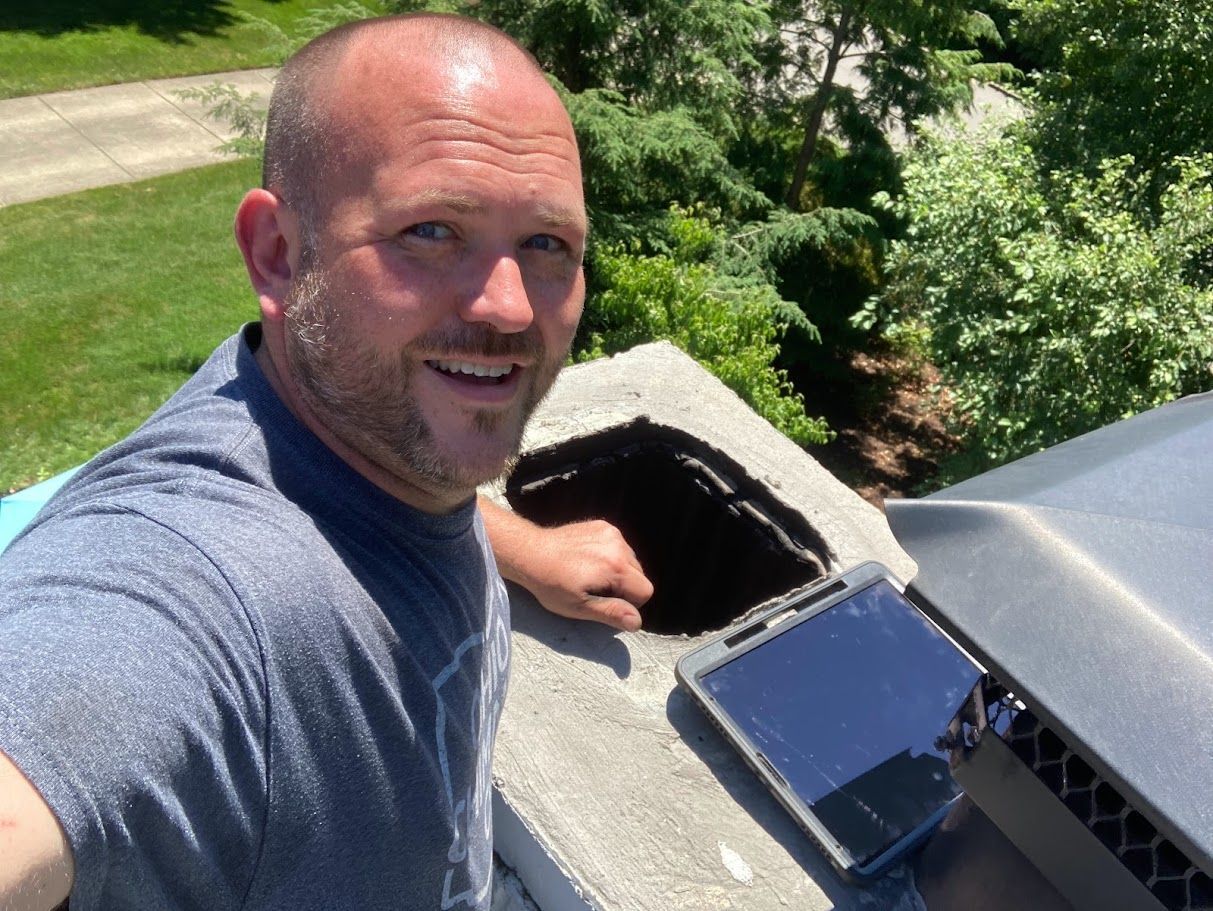
🛠️ 1. Chimney Inspection Cameras Gone are the days of guesswork. We use high-resolution chimney inspection cameras to take a close look inside your flue. These cameras help us spot hidden damage like cracks, blockages, or creosote buildup — without tearing anything apart. Why it matters: You get a clear, honest assessment backed by visuals, and we can catch small issues before they become big problems. 🔥 2. Moisture Meters Water is a chimney’s worst enemy. We use moisture meters to detect dampness in the masonry or surrounding materials. These tools are key in diagnosing leaks and preventing long-term damage like mold or structural weakening. Why it matters: Identifying moisture early can save you thousands in repairs down the line. 📱 3. Digital Report Software We don’t just talk — we show. Our inspection results are delivered in digital reports complete with photos, videos, and recommendations. You can access these reports from your phone, tablet, or computer at any time. Why it matters: Transparency. You'll always know the state of your chimney, what we did, and why we did it. 🧹 4. Triple-Filtered Vacuums Chimney sweeping has evolved — and so have our tools. We now use industrial-grade triple-filtered vacuum systems to capture dust, soot, and fine particles during every cleaning. These powerful vacuums prevent debris from circulating into your home and keep our worksite (and your air) clean. Why it matters: You get a thorough chimney cleaning without the mess, odor, or health concerns that used to come with the job. 🧱 5. Laser Measuring Tools Precision is key when it comes to chimney liners, caps, and crowns. We use laser measurement tools to ensure everything fits exactly as it should — especially in older homes where nothing is quite “standard.” Why it matters: Proper measurements mean safer installs, better drafts, and longer-lasting repairs. 🚁 6. Drones for Roof & Chimney Inspections Some chimneys are tough to access — especially on steep roofs or multi-story homes. That’s where our inspection drones come in. Equipped with high-resolution cameras, drones allow us to get a close, detailed look at chimney crowns, flashing, brickwork, and more — all from a safe distance. Why it matters: We get a bird’s-eye view of hard-to-reach areas without risking safety or damaging your roof, and you get faster, clearer diagnostics. 📲 Book your next inspection and sweep with us today to see how we use our technology to assist with your chimney and fireplace needs - (330) CHIMNEY!
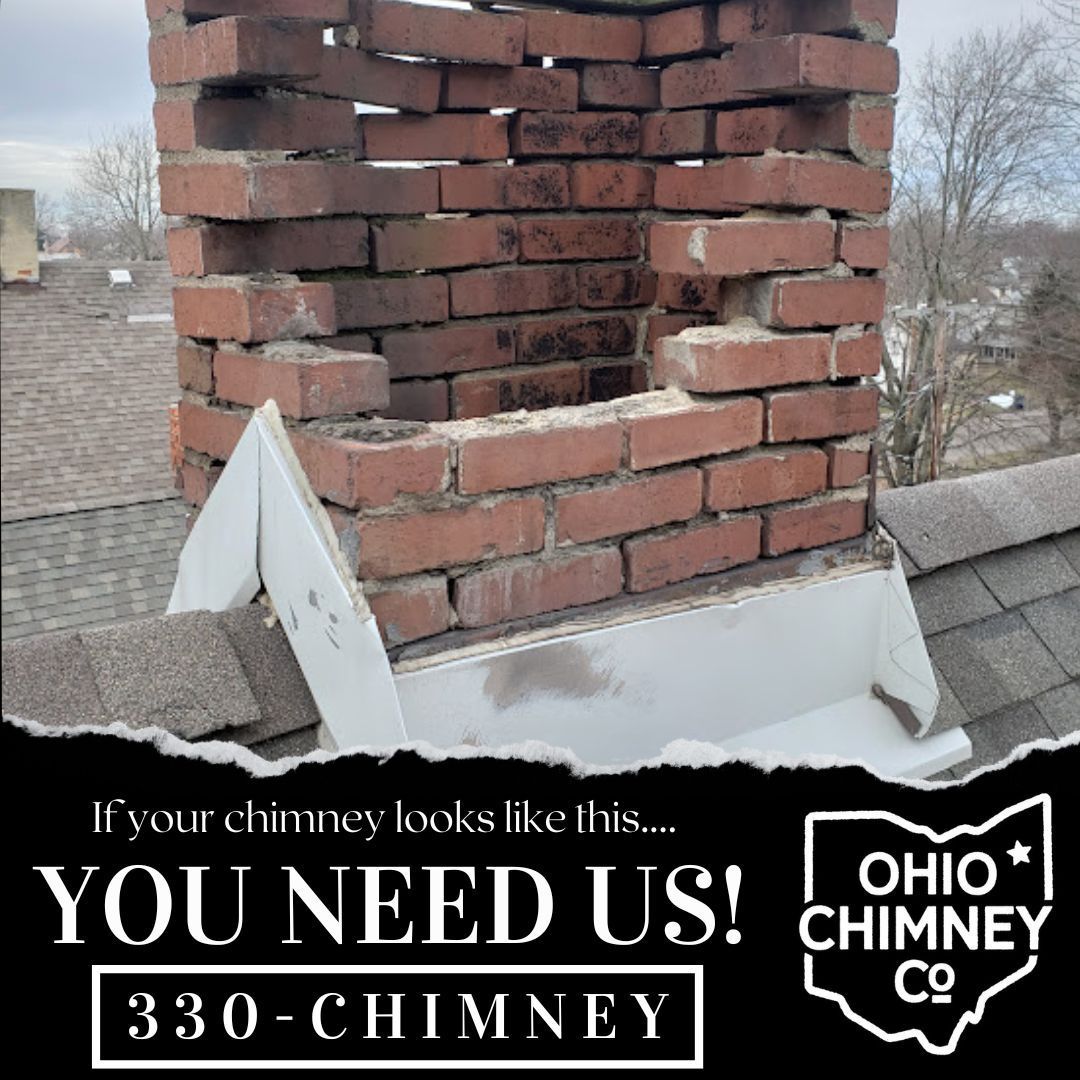
When you think about wind damage, your chimney might not be the first thing that comes to mind—but it should be. While high winds can easily knock down tree branches and rattle windows, they can also cause serious (and often hidden) issues with your chimney that can affect the safety and efficiency of your home. 1. Cracks and Structural Shifting Over time, repeated exposure to strong wind gusts can weaken the mortar and bricks in your chimney. Even well-built chimneys can suffer from small cracks or shifts in structure, especially if they’re older or haven’t been inspected in a while. These cracks can let in moisture, which only makes the damage worse over time. 2. Chimney Cap Damage or Loss Your chimney cap plays a big role in keeping out rain, debris, and even small animals. During high winds, chimney caps can be loosened, damaged, or blown off entirely. Without a secure cap, your chimney is left vulnerable to the elements—and that can quickly lead to expensive repairs. 3. Flashing Failure Flashing is the metal seal that connects your chimney to the roof. If wind gets under loose or improperly installed flashing, it can rip it away or create gaps. This opens the door to leaks, rot, and water damage inside your home—something no homeowner wants to deal with. 4. Falling Debris Strong storms often bring along flying debris or falling limbs. If something strikes your chimney during a wind event, it can cause immediate, visible damage or create unseen issues that weaken the structure over time. What You Can Do Schedule regular chimney inspections, especially after severe storms or wind events. A certified chimney professional can spot damage early and prevent small issues from becoming big problems. Ensure your chimney cap and flashing are secure and in good condition. Trim overhanging trees near your chimney to reduce the risk of falling limbs. Don’t ignore signs like water stains, draft issues, or unusual smells—these can all be signs of hidden chimney damage. Protect Your Home from the Top Down Your chimney stands tall through every season, but high winds can take a serious toll without you even noticing. The good news? With regular maintenance and a watchful eye, you can keep your chimney strong, safe, and ready for whatever Mother Nature throws its way. Need a post-storm inspection or peace of mind before the next windy day? Give us a call—we’re here to help, (330) CHIMNEY!
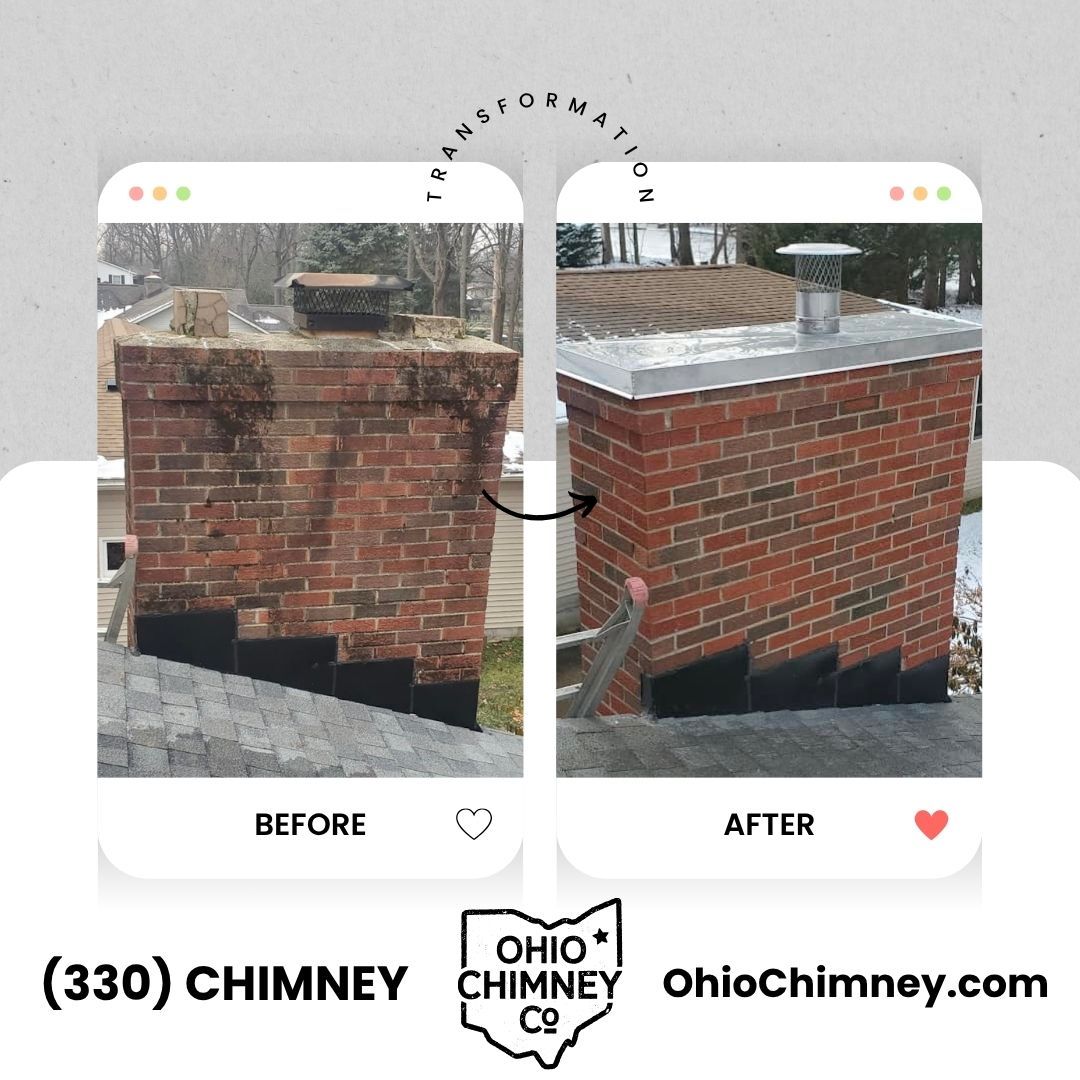
When it comes to home maintenance, chimney repairs are often easy to postpone. Unlike a leaky faucet or a broken furnace, chimney issues can feel out of sight, out of mind. But ignoring chimney repairs—even minor ones—can lead to serious safety risks and costly damage. Here’s why following through with chimney repairs is one of the smartest decisions a homeowner can make. 1. Protect Your Home from Fire Hazards One of the primary functions of a chimney is to safely vent smoke and combustion gases out of your home. If the flue liner is cracked, the masonry is damaged, or creosote has built up, your chimney becomes a fire hazard. Small defects can allow high temperatures or embers to escape into the surrounding walls, potentially igniting a fire. Timely repairs help prevent these dangers, keeping your home and family safe. 2. Prevent Carbon Monoxide Poisoning Chimney damage can block proper ventilation, causing dangerous gases like carbon monoxide to seep back into your living space. Carbon monoxide is odorless and invisible, making it a silent threat. Ensuring your chimney is in good repair helps your heating system work safely and efficiently, reducing the risk of exposure. 3. Avoid Expensive Structural Damage Water is a chimney’s worst enemy. Cracks in the crown, missing flashing, or deteriorating brickwork can all let moisture in, leading to rot, mold, and even damage to your home’s foundation over time. Small repairs today can prevent large-scale restorations tomorrow. 4. Extend the Life of Your Chimney Regular maintenance and timely repairs significantly extend the life of your chimney system. Like any part of your home, your chimney needs attention to stay in top shape. Addressing wear and tear now saves you from having to do a complete rebuild later. 5. Ensure Peak Efficiency for Your Fireplace or Stove A damaged or blocked chimney can compromise the efficiency of your fireplace, stove, or furnace. That means more smoke indoors, reduced heat output, and higher energy bills. Keeping your chimney in good working order ensures you get the most out of your heating appliance. Don’t Delay—Repair Today! At the Ohio Chimney Co., we believe that peace of mind is built on prevention. Whether you need minor mortar repointing or a chimney cap replacement, our certified technicians are here to help. Don’t wait until a small issue turns into a major repair—schedule your inspection and get the repairs you need today. Contact us now to book your chimney service and keep your home safe, warm, and worry-free - (330) CHIMNEY!

This week’s tip: Don’t wait until winter to find out your chimney is overdue for a sweep! Here are a few simple signs your chimney might be ready for a sweep: 1. Burning Smells (Even When the Fireplace Isn’t In Use) If your home smells like burnt wood or a campfire, especially in warmer months, that could be creosote buildup inside your flue – a major fire risk. 2. Smoke in the Room When Using the Fireplace If smoke isn’t drawing up the chimney as it should, something could be blocking the flue – from soot and debris to animal nests. This isn’t just annoying, it’s dangerous. 3. Excess Soot or Black Residue Notice black buildup around the fireplace opening or on the damper? That’s soot—and a sign your chimney is overdue for a professional sweep. 4. It’s Been Over a Year Since Your Last Inspection Even if you don’t use your fireplace often, the National Fire Protection Association (NFPA) recommends a yearly inspection. Issues like water damage, cracks, or animals can develop over time, even in “idle” chimneys. 5. You Hear Animals in the Chimney Birds, squirrels, and even raccoons love to nest in chimneys. If you hear scratching or chirping, it’s time to call in the pros—before they block airflow or cause damage. Final Thought Think of your chimney like your car—just because it “runs” doesn’t mean it’s safe. Staying ahead of problems now means peace of mind later, especially when colder months roll in. 📅 Need help? Book your annual inspection or sweep with the Ohio Chimney Co. today—before the fall rush! (330) CHIMNEY!
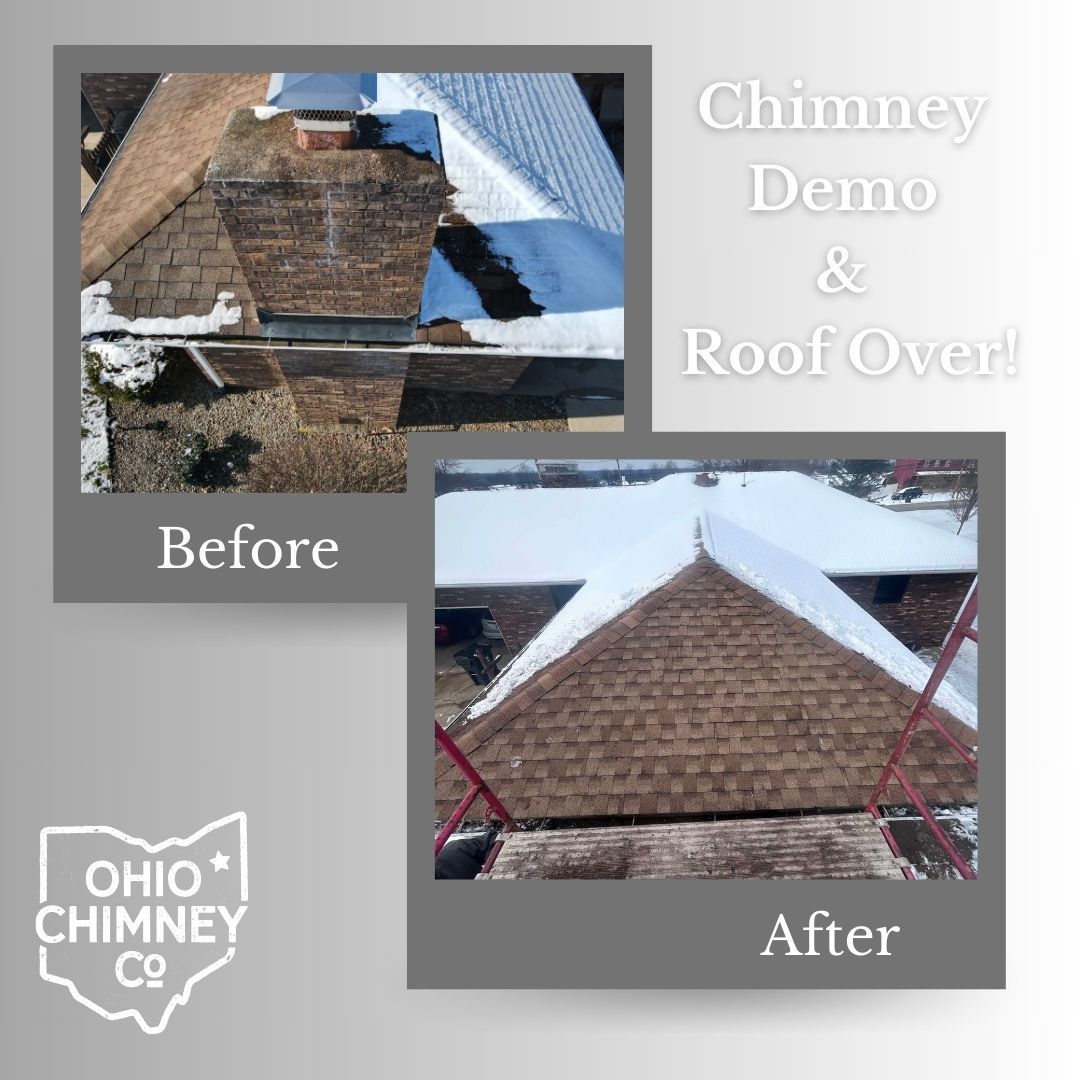
At the Ohio Chimney Co., we often get called out for chimney repairs, maintenance, and sometimes full teardowns. While a chimney teardown might sound drastic, it’s sometimes the safest and most cost-effective solution for serious problems. But what causes a chimney to reach that point? Today, we’re breaking down the most common reasons chimneys need to be torn down — and what you can do to prevent it. 1. Structural Damage and Deterioration Chimneys are exposed to extreme weather conditions year-round — from freezing cold to scorching heat, rain, and snow. Over time, these elements take a toll on the bricks, mortar, and foundation. Water infiltration is a major culprit: when water seeps in and freezes, it expands and causes cracking or crumbling of the masonry. Eventually, the structural integrity weakens so much that the chimney becomes unsafe and needs to be dismantled and rebuilt. 2. Severe Cracks and Shifting Movement in the foundation or settling of the house can cause your chimney to lean, crack, or even separate from the home. These cracks aren’t just cosmetic — they create safety hazards, including the risk of collapse or fire. When cracks are extensive or the chimney is severely leaning, repairs aren’t enough, and a teardown is necessary. 3. Extensive Creosote Buildup and Fire Damage Creosote is the highly flammable residue that accumulates inside the chimney flue when wood is burned. If not cleaned regularly, creosote buildup can ignite and cause a dangerous chimney fire. These fires generate intense heat that damages the masonry, flue liner, and structure. After a chimney fire, many chimneys are too damaged to be safely repaired and must be torn down. 4. Outdated or Unsafe Construction Older chimneys might have been built before modern building codes and safety standards were established. They could lack proper flue liners, use inferior materials, or have designs that don’t meet current regulations. In these cases, rather than patching an unsafe chimney repeatedly, a teardown and rebuild ensures your chimney is up to code and safe to use. 5. Animal Infestation and Damage Sometimes, chimneys become home to birds, squirrels, raccoons, or other critters. While animal nests and droppings might seem like a minor nuisance, their presence can cause blockages, moisture buildup, and damage to the masonry or flue liner. If the infestation has been long-standing or has caused significant damage, partial or full teardown may be required. How to Avoid a Chimney Teardown Preventing a teardown starts with regular maintenance: Schedule annual chimney inspections and sweeps. Repair cracks and loose mortar early. Install a chimney cap to keep out water and animals. Address foundation or settling issues promptly. By taking these steps, you can extend the life of your chimney and avoid costly rebuilds. ➡️If you’re noticing cracks, leaning, or other chimney issues, don’t wait. Call us today for a professional inspection - (330) CHIMNEY. Our experts will assess your chimney’s condition and recommend the best solution to keep your home safe and warm.
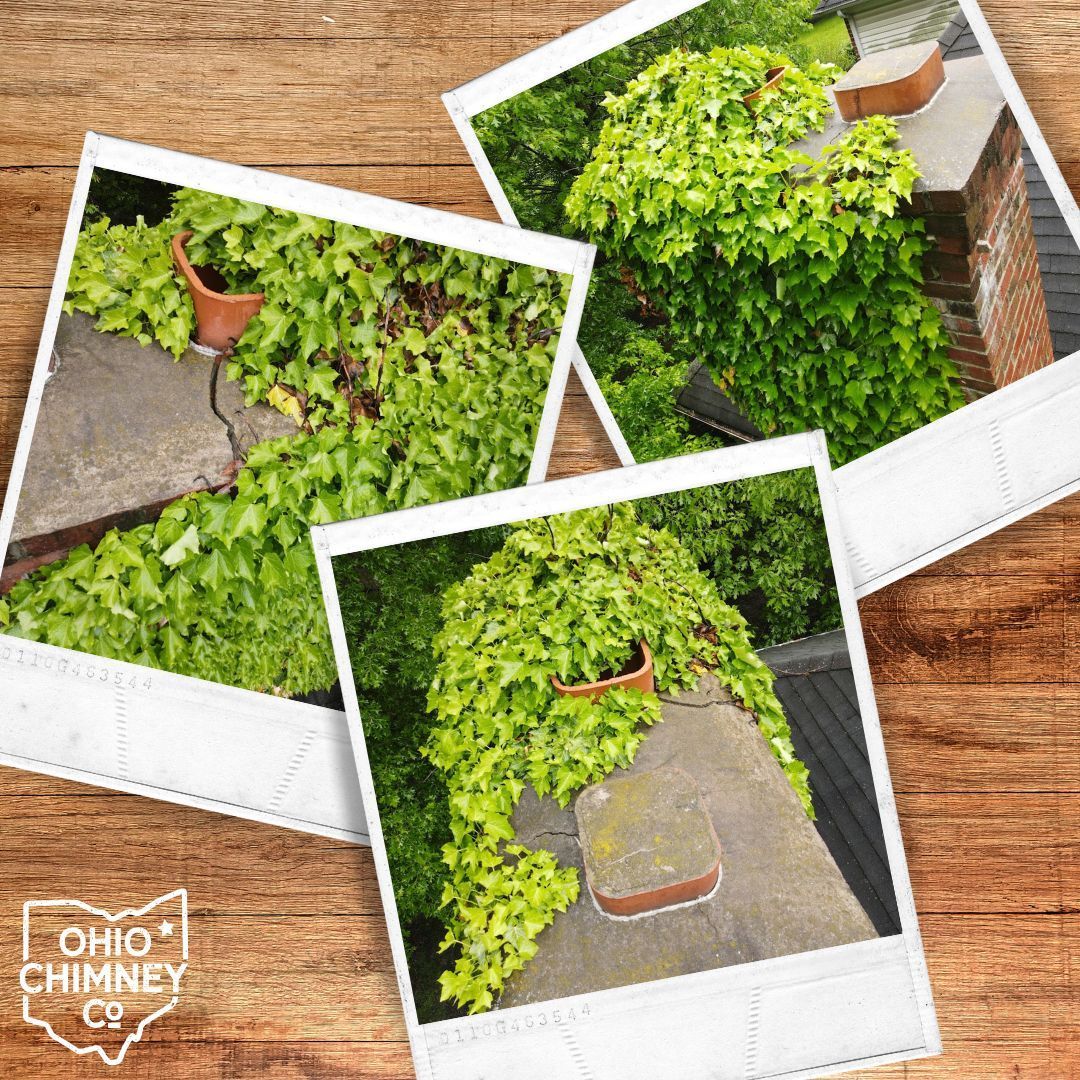
Ivy-covered walls might look charming and picturesque, but when it comes to your chimney, that greenery could be hiding more than just bricks. Welcome to this week’s Thursday Thoughts , where we dive into common chimney issues that often go unnoticed. Today’s topic: ivy growing on your chimney — beautiful, yes, but also potentially harmful. 🌿 The Allure of Ivy There’s no denying that ivy adds a timeless, classic aesthetic to a home’s exterior. Many homeowners love the look, and in some cases, ivy can even provide insulation. But when that ivy starts creeping up your chimney, it can create a range of serious issues. 🔍 What’s the Problem with Ivy on a Chimney? Brick and Mortar Damage : Ivy roots, called "holdfasts," cling tightly to surfaces — including mortar joints. As the plant grows, it can pry apart weakened mortar, exacerbating cracks and moisture penetration. Over time, this can lead to costly structural repairs. Trapped Moisture : Ivy traps moisture against the masonry, and when that moisture gets into the brick, especially in freeze-thaw cycles, it can cause spalling — a process where bricks crack, flake, or crumble. Hidden Issues : Ivy makes it nearly impossible to visually inspect your chimney. You might miss early signs of damage, leaning, or even animal nests hiding behind the foliage. Fire Hazard Potential : Ivy creeping near the chimney crown or flue can increase fire risks, especially if the plant dies, dries out, and becomes brittle. In some cases, embers can ignite nearby dry ivy, posing a serious threat. 🧰 What Should You Do? If you notice ivy growing on or near your chimney, it’s best to take action early: Don’t yank it off. Removing ivy improperly can do more harm than good. It’s better to cut it at the base and let it die back naturally before carefully removing it. Schedule a chimney inspection. A certified chimney professional can assess any damage caused by the ivy and recommend repairs. Consider chimney waterproofing. After removing ivy and repairing any damage, a waterproofing treatment can help prevent future moisture issues. ✅ Final Thoughts While ivy may look romantic clinging to your chimney, the risks it brings aren’t worth the aesthetic. Regular annual chimney inspections and maintenance help preserve your home’s structure and safety — and keep surprises like ivy-related damage from creeping up on you. Need help removing ivy or assessing chimney damage? Contact the Ohio Chimney Co. today and schedule a professional inspection. Let’s keep your chimney strong, safe, and ivy-free.
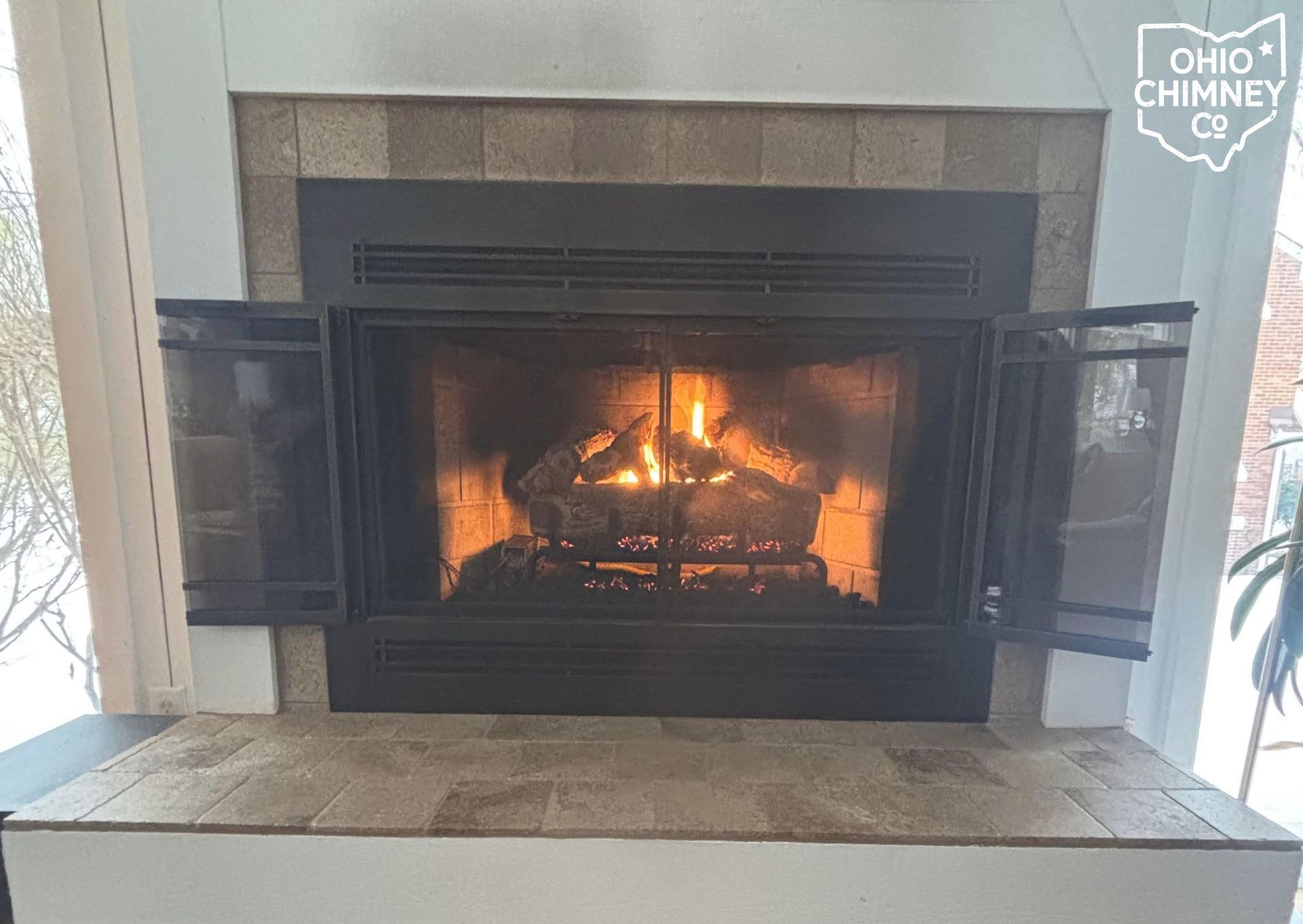
Gas fireplaces are a convenient, efficient, and clean-burning way to enjoy a cozy fire—without the hassle of wood. But like any home appliance, they can develop issues over time. Whether your gas fireplace won’t turn on, stay lit, or is giving off a strange smell, it can be frustrating and even dangerous. As a trusted chimney and fireplace company, we’re here to help you troubleshoot common gas fireplace problems—and know when it’s time to call in a certified technician. 🔌 1. The Fireplace Won’t Turn On Troubleshooting Tips: Check the pilot light: If it's out, try relighting it per the manufacturer’s instructions. Inspect the thermostat: Make sure it’s set above room temperature and is functioning correctly. Power supply: For fireplaces with electric ignition, check your breaker or power source. Remote batteries: If you're using a remote or wall switch, dead batteries could be the culprit. When to Call a Pro : If the pilot won’t stay lit or you smell gas while trying to ignite, turn off the gas supply immediately and call a professional. 🕯️ 2. Pilot Light Won’t Stay Lit A common problem that often points to : A dirty or worn thermocouple or thermopile Drafts or moisture disrupting the flame Low gas pressure DIY Step: Sometimes, gently cleaning the pilot assembly with a soft brush or compressed air can help. But avoid poking around if you’re not sure—gas components require expert handling. Pro Tip: Annual maintenance keeps components clean and ensures everything operates safely and efficiently. 💨 3. Fireplace Shuts Off After a Few Minutes This often happens due to: Faulty sensors (like a thermopile losing voltage) Poor ventilation or clogged air intake vents Overheating sensors shutting the unit down as a safety precaution What You Can Do: Check that nothing is blocking the air intake or exhaust vent. Clean any visible dust or debris around vents and grills. If the problem persists, it’s time to schedule a professional diagnosis. 🧼 4. Strange Odors or Soot Buildup Gas fireplaces should burn clean. If you notice: A rotten egg smell (gas leak alert!) Soot around the glass or logs Chemical smells when in use STOP using the fireplace and ventilate the area. These signs may indicate improper combustion or a gas leak—both serious safety concerns. 🛠️ 5. Burner Issues or Uneven Flame If the flame looks weak, uneven, or orange (instead of a steady blue), the burner ports may be clogged or misaligned. Check for: Dust or pet hair inside the firebox Logs positioned incorrectly (refer to your owner's manual) Obstructed or dirty burner ports Leave internal repairs to certified techs —especially when dealing with gas line connections. ✅ When to Schedule Professional Service If your fireplace: Repeatedly shuts off Emits odors Produces soot Won’t light or stay lit …it’s time to call a professional chimney and fireplace technician. At the Ohio Chimney Co., our certified team specializes in gas fireplace troubleshooting, inspections, repairs, and maintenance. We’ll ensure your fireplace is operating safely, efficiently, and ready for cozy nights all year long. 📅 Book Your Fireplace Inspection Today! Don’t wait until a small issue becomes a safety hazard. Schedule a comprehensive gas fireplace checkup with our expert team today. 📞 Call or message us at (330) CHIMNEY!
